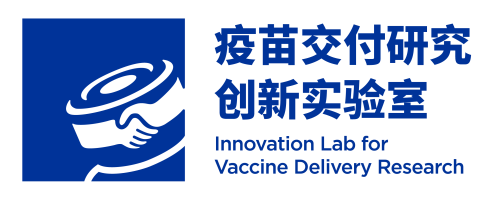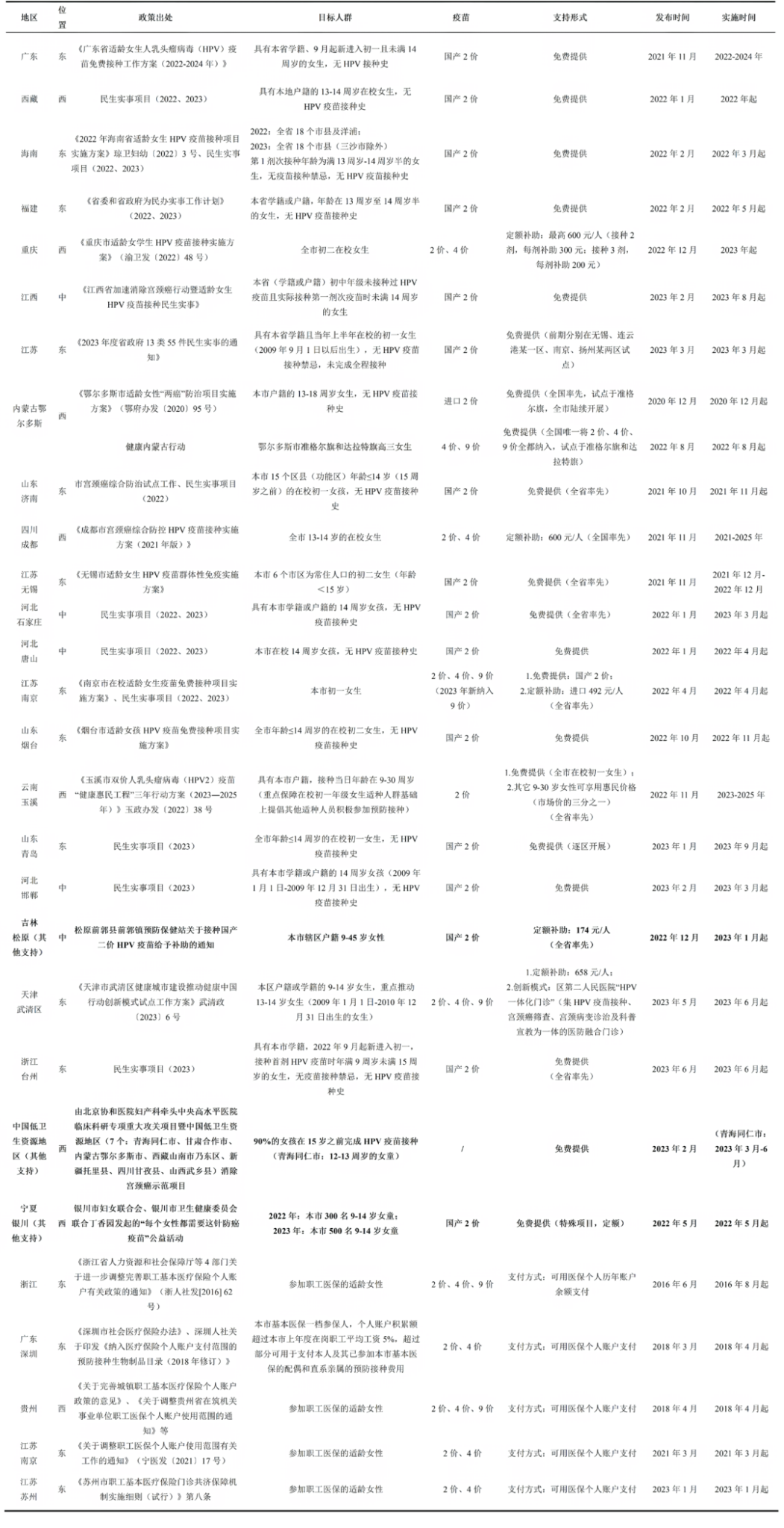Journal Content Recommendation
01
Supporting National Immunization Technical Advisory Groups (NITAGs) in development of evidence-based vaccine recommendations and NITAG assessments – New tools and approaches
This article was published in Vaccines. The increasing opportunity to prevent infectious diseases through new, effective vaccines and expanding immunization programs to life-course coverage highlights the importance and value of evidence-based decision-making (EIDM) by National Immunization Technical Advisory Groups (NITAGs). The U.S. Centers for Disease Control and Prevention (CDC) and the Global Health Working Group (GHWG) have developed and made available new tools to aid NITAGs in evidence-based decision-making. These include 1) complementary training on the Evidence to Recommendations (EtR) methodology developed for NITAG members, the Secretariat, or working groups to assist them in advising national health authorities on specific vaccine policies; (2) an online learning module on the EtR methodology for NITAG members, the Secretariat and others; and (3) the NITAG Maturity Assessment Tool (NMAT), which assesses the maturity of NITAG’s competencies in seven functional areas.
The article summarizes the experience of training and application of the above tools in several countries. Key factors for ongoing progress include “flexibility in use of these materials, use of engaging and efficient methods, consideration for periodic training, and providing ongoing support to complete recommendations through timely follow-up by local, regional or international facilitators.” Priorities for future work include: “Evaluation of the impact of the EtR trainings”, “the use of facilitators and partners to follow up with assigned countries”, and “coordinate with Regional NITAG advisors and facilitators to monitor and document the impact of these trainings” to support countries’ use of the EtR process.
https://doi.org/10.1016/j.vaccine.2024.01.035
02
A measles and rubella vaccine microneedle patch in The Gambia: a phase 1/2, double-blind, double-dummy, randomised, active-controlled, age de-escalation trial
The findings were published in The Lancet. Microneedle patch technology has been ranked as the highest global priority innovation for achieving equity in vaccination coverage in low- and middle-income countries. It is widely recognized that the measles and rubella microneedle patch vaccine (MRV-MNP) may contribute to measles and rubella elimination. The results of this single-center, phase 1/2, double-blind, double-dummy, randomized, active-controlled, age de-escalation trial in Gambia provide the first data on the tolerability, safety, and immunogenicity of MRV-MNP in children.
The study was conducted in May 2021. To be eligible, all participants must be in good health “aged 18–40 years for the adult cohort, 15–18 months for toddlers, or 9–10 months for infants, and to be available for visits throughout the follow-up period.” The three age groups were randomly assigned in a 2:1 ratio (adults) or a 1:1 ratio (toddlers and infants) to receive either MRV-MNP and placebo (0-9% sodium chloride) subcutaneously or placebo microneedle patch and routine measles-rubella vaccine (MRV-SC) subcutaneously. Researchers assessing trial endpoints, participants, parents, and staff carrying out the study intervention were all unaware of the allocation of treatments.
Forty-five adults, 120 young children, and 120 infants were randomly assigned and vaccinated. Neither adults nor young children had safety problems within 14 days of vaccination. Among infants, “93% seroconverted to measles and 100% seroconverted to rubella following MRV-MNP administration, while 90% and 100% seroconverted to measles and rubella respectively. Indentation at the MRV-MNP vaccination site was the most common localized reaction, occurring in 46 out of 60 toddlers (77%) and 39 (65%) developed this reaction. Thirty-five (58%) of 60 toddlers and 57 (95%) of 60 infants vaccinated with MRV-MNP had associated nonsignificant adverse reactions, the most common being “discolouration at the application site”. All localized reactions were mild and there were no associated serious adverse reactions. The trial’s outcomes offer strong evidence-based support for accelerating the development of this key technology.
https://doi.org/10.1016/S0140-6736(24)00532-4
03
Sustainable financing for vaccination towards advancing universal health coverage in the WHO African region: The strategic role of national health insurance
This article was published in Human Vaccines & Immunotherapeutics. There is growing political interest in healthcare reform in member countries of the World Health Organization’s Africa Region, with many countries opting for national health insurance as the primary financing mechanism for universal health coverage. Despite vaccination being an essential health service that influences progress towards universal health coverage, it is often not prioritized by health insurance systems in these countries.
The article discusses the potential benefits of integrating vaccination into services covered by national health insurance, which includes “expanding vaccination”, “promote closer collaboration between the public and private health sectors”, and “aiding private health sector integration into the primary health care system.” Furthermore, it could facilitate the mobilization of domestic resources to expand fiscal space for primary health care. Simultaneously, the analysis focused on the unsustainable immunization budget issues faced by several countries in the African region.
According to the study, national health insurance programs in Africa present an opportunity to increase domestic funding for vaccination. First, countries that already explicitly include routine immunization in their health insurance coverage should “intensify efforts toward implementing the other relevant policies to enable the immunization programs to actually access funds from national health insurance”, such as exemplifying Thailand’s experience in “positioning its national health insurance scheme as the main purchaser of vaccines and vaccination services.” Second, partnerships with international organizations can improve the technical capacity of immunization program managers to use national insurance for strategic healthcare purchasing. Again, there is a need for “stronger engagement between national immunization programs and national health insurance schemes”, and costing should be done in collaboration with national health insurance. Finally, a representative of NHI should join the National Immunization Technical Advisory Group (NITAG) as a non-core member to connect the NITAG and the health insurance scheme.
https://doi.org/10.1080/21645515.2024.2320505
04
Protective effect of PCV13 against all-cause hospitalized pneumonia in children in Beijing, China: real-world evidence
This study was published in Vaccines. The study was based on a database of vaccination records and hospitalized medical records in Beijing, with children born in 2017 in Beijing divided into vaccinated and unvaccinated groups according to whether or not they received the PCV13 vaccine, matched 1:4 for age, gender, and region. The study calculated and compared “all-cause hospitalized pneumonia were calculated and compared within the same period of 12 months, 18 months, 24 months and 30 months after the birth of the child.”
The incidence of all-cause hospitalized pneumonia was considerably lower in the vaccinated group than that of the unvaccinated PCV13 group at 12, 18, and 24 months. For infants up to 12 months of age, The PCV13 vaccine had the highest all-cause hospitalized pneumonia efficacy (VE value) at 41.9%, followed by a vaccine VE value for infants up to 18 months of age of 29.3%, a VE value of 17.1% for infants up to 24 months of age, and a nearly zero VE value for the group up to 30 months of age.
The research team concluded that both PCV13 booster shots and basic immunization can reduce the incidence of all-cause pneumonia in children, and the “booster immunization strategy had the best protective effect with great public health significance to enter the immunization program” and treatment of pneumococcal diseases in China. Exploring the distribution of pneumococcal serotypes is essential, and applying PCV13 in the immunization program for children may be promoted.
https://doi.org/10.1016/j.vaccine.2024.04.015
Content Editor: Linjing(Grace) Zhang
Page Editor: Ziqi Liu





